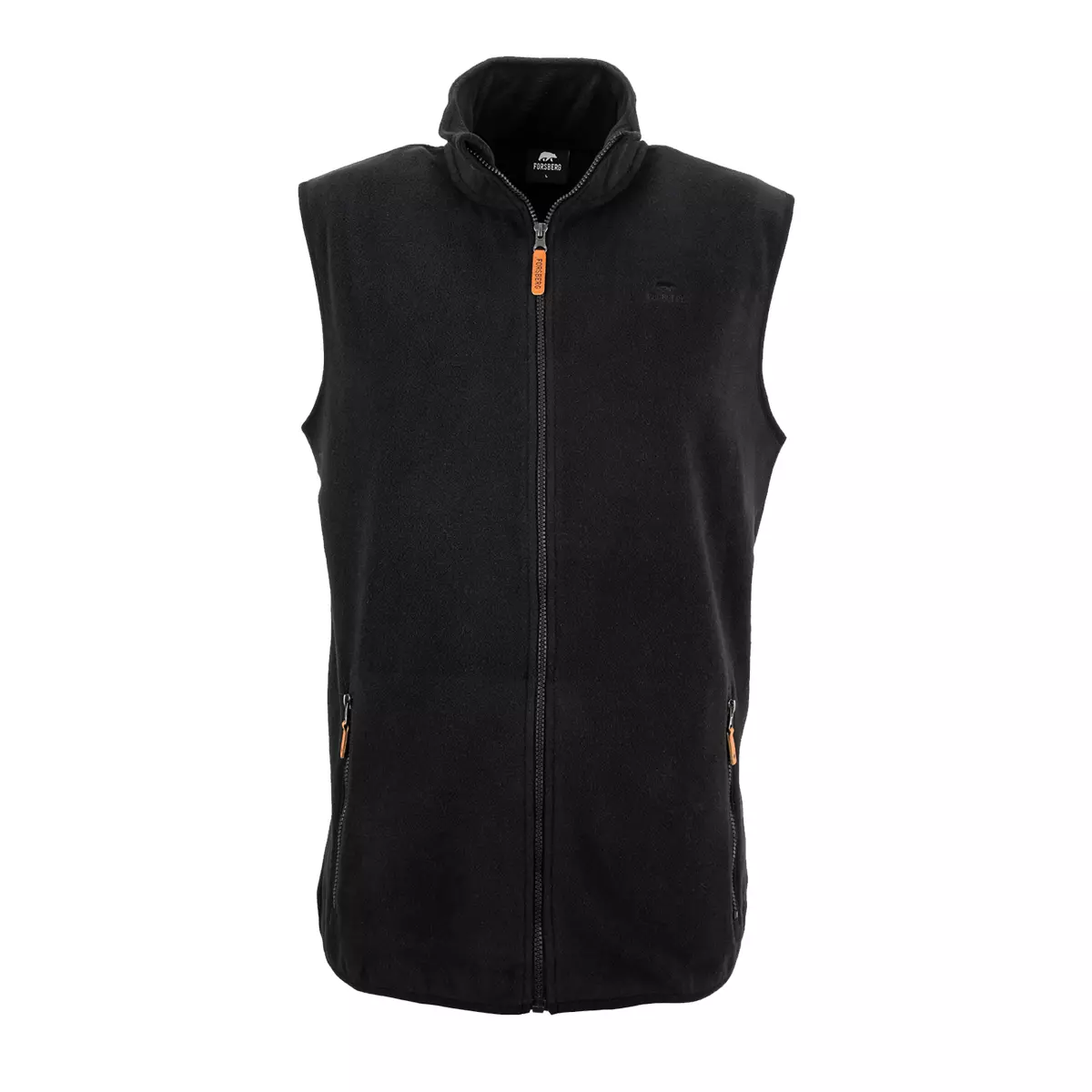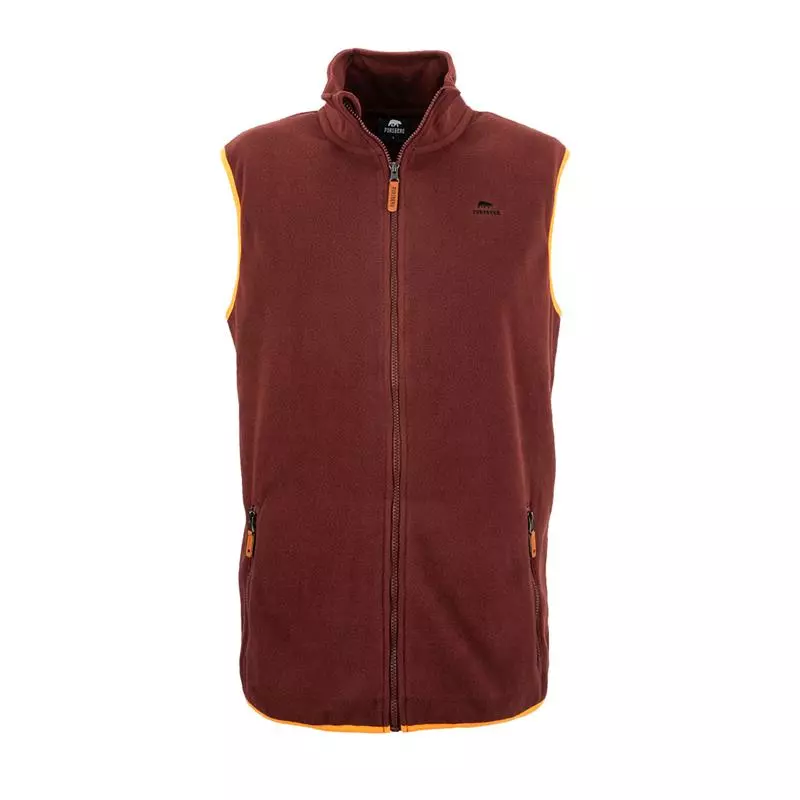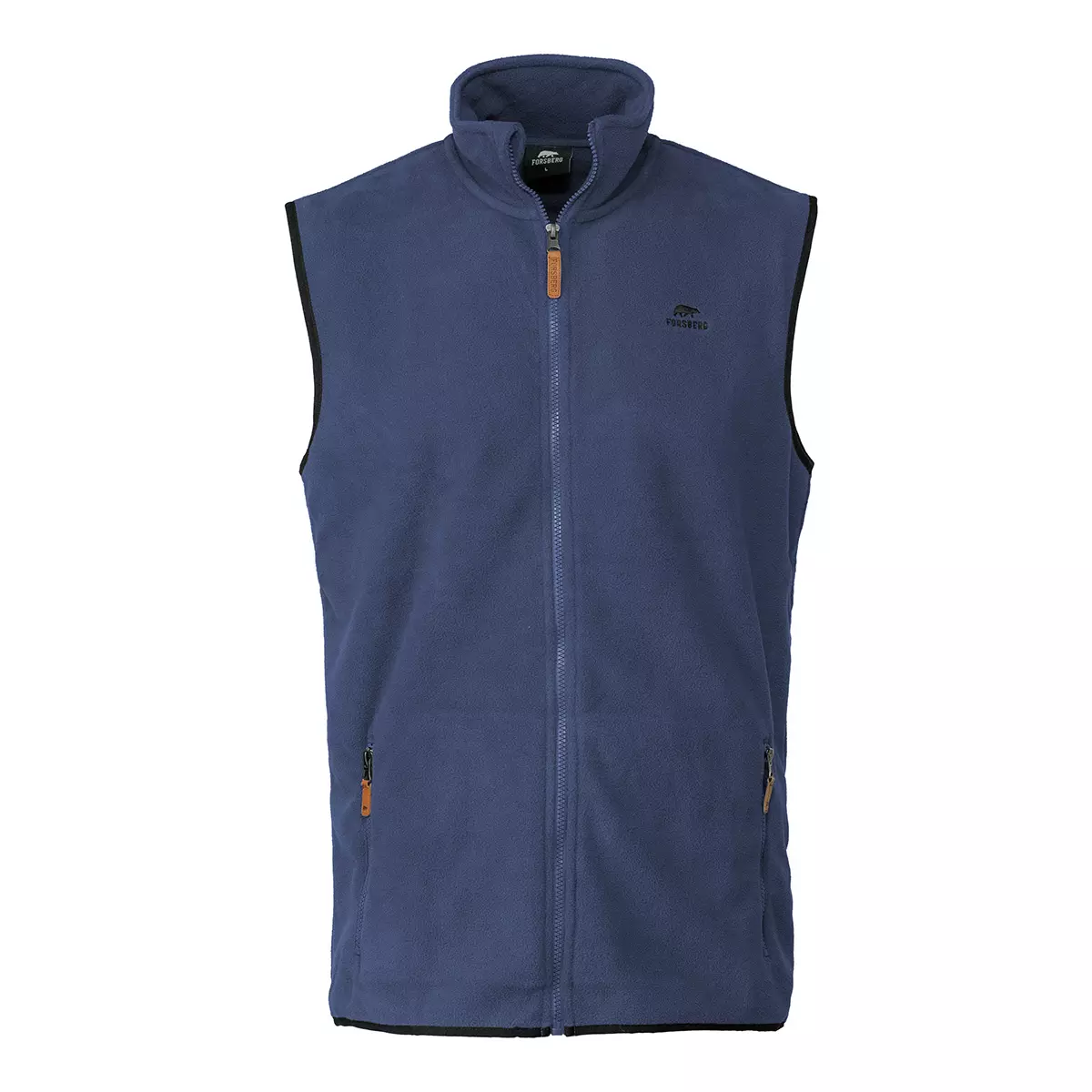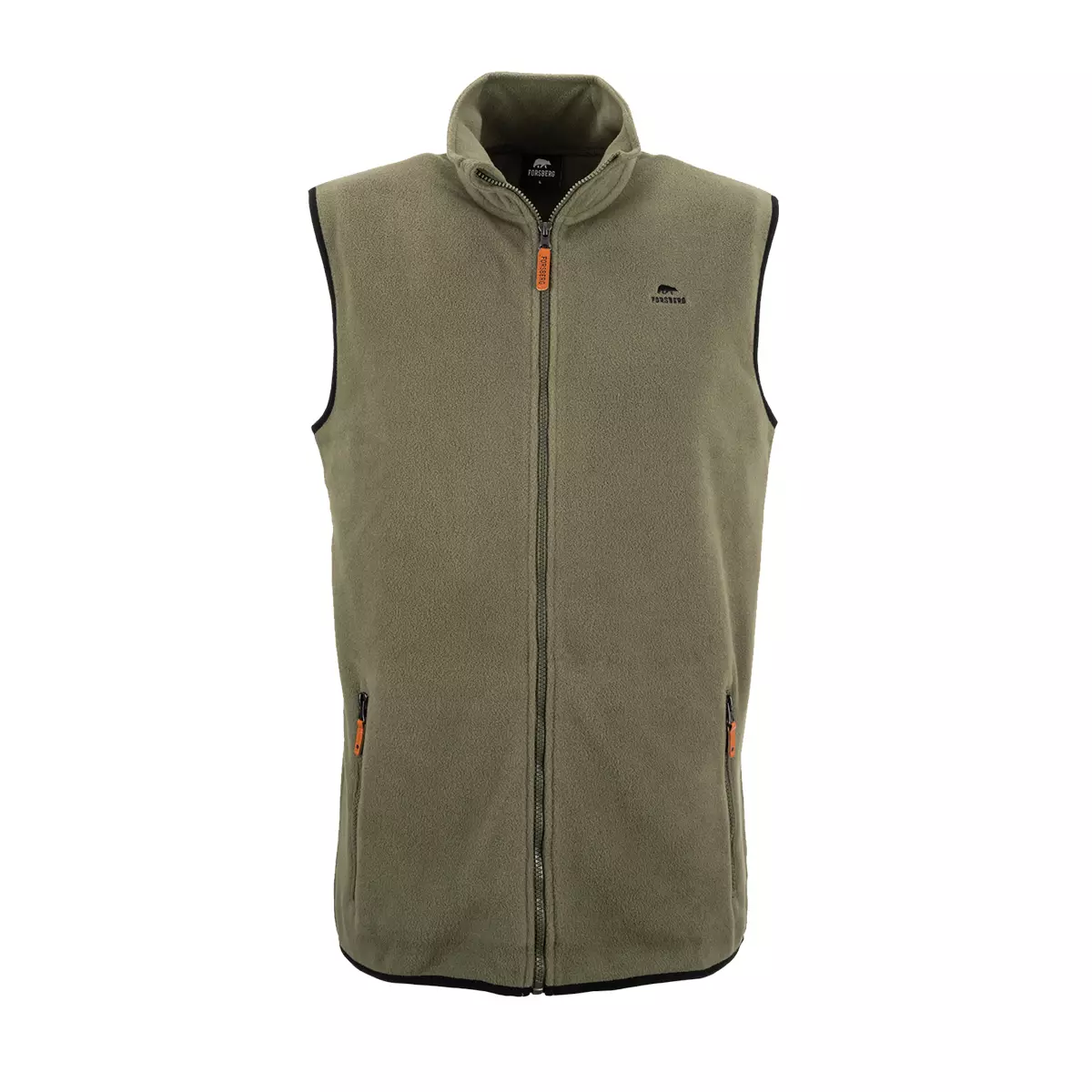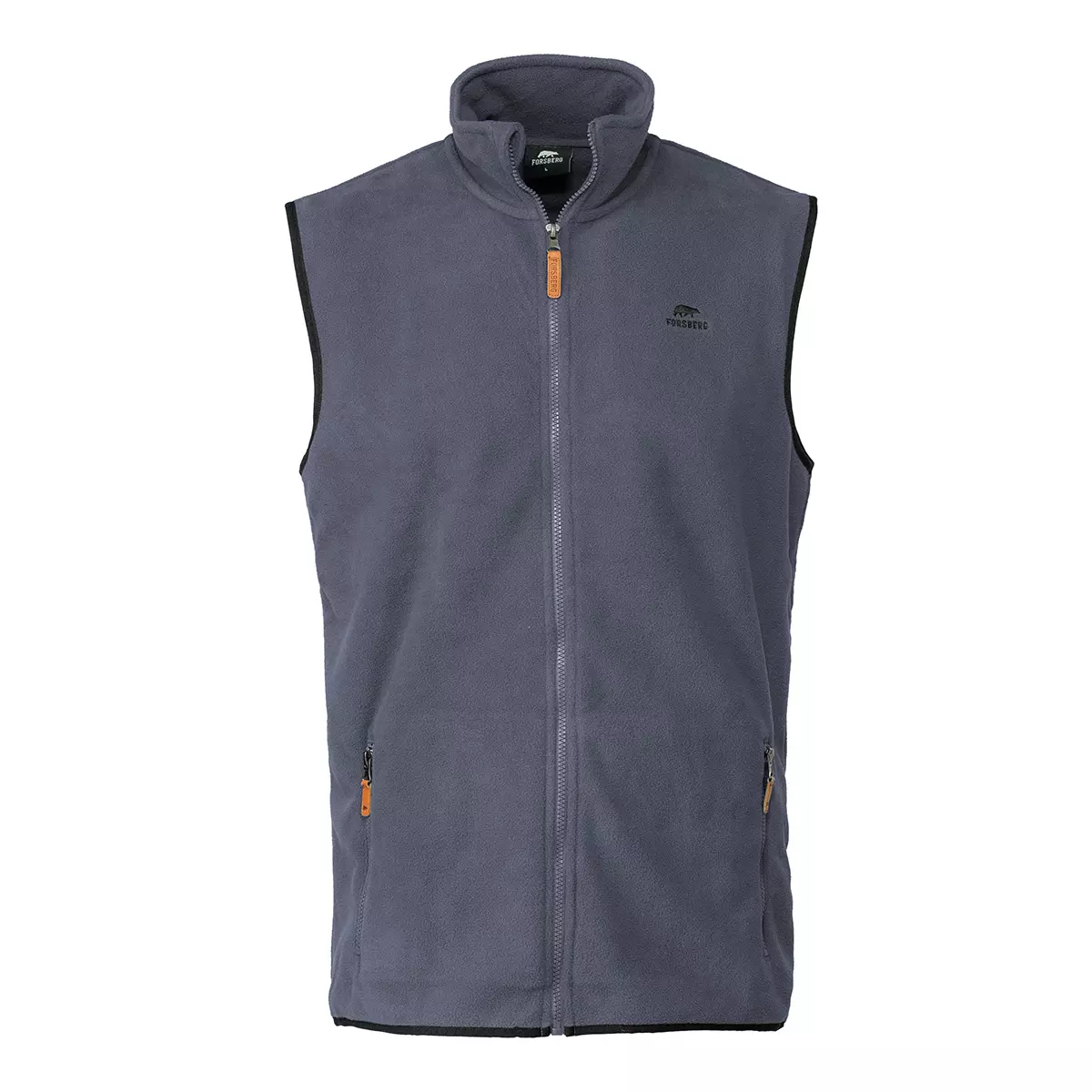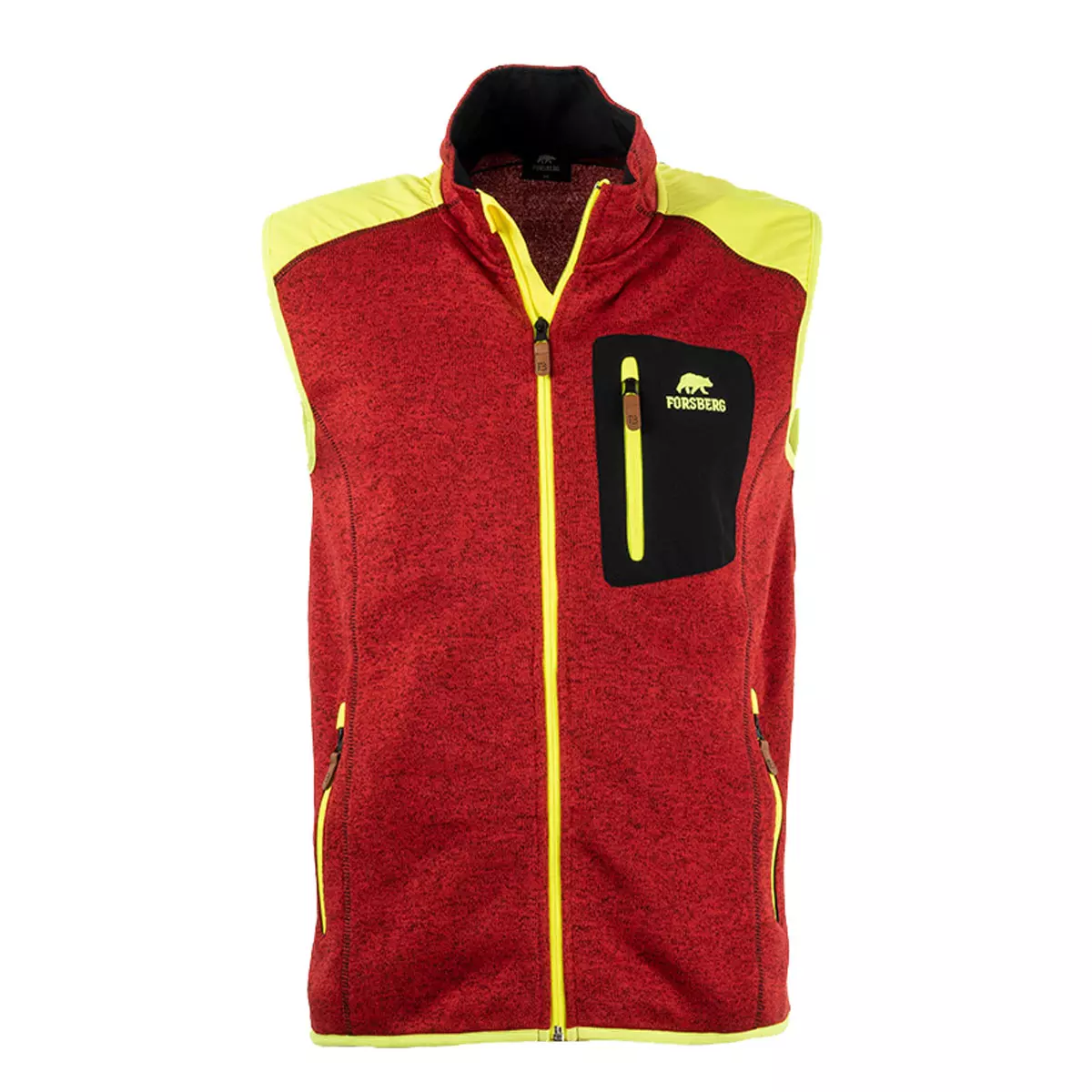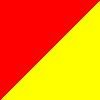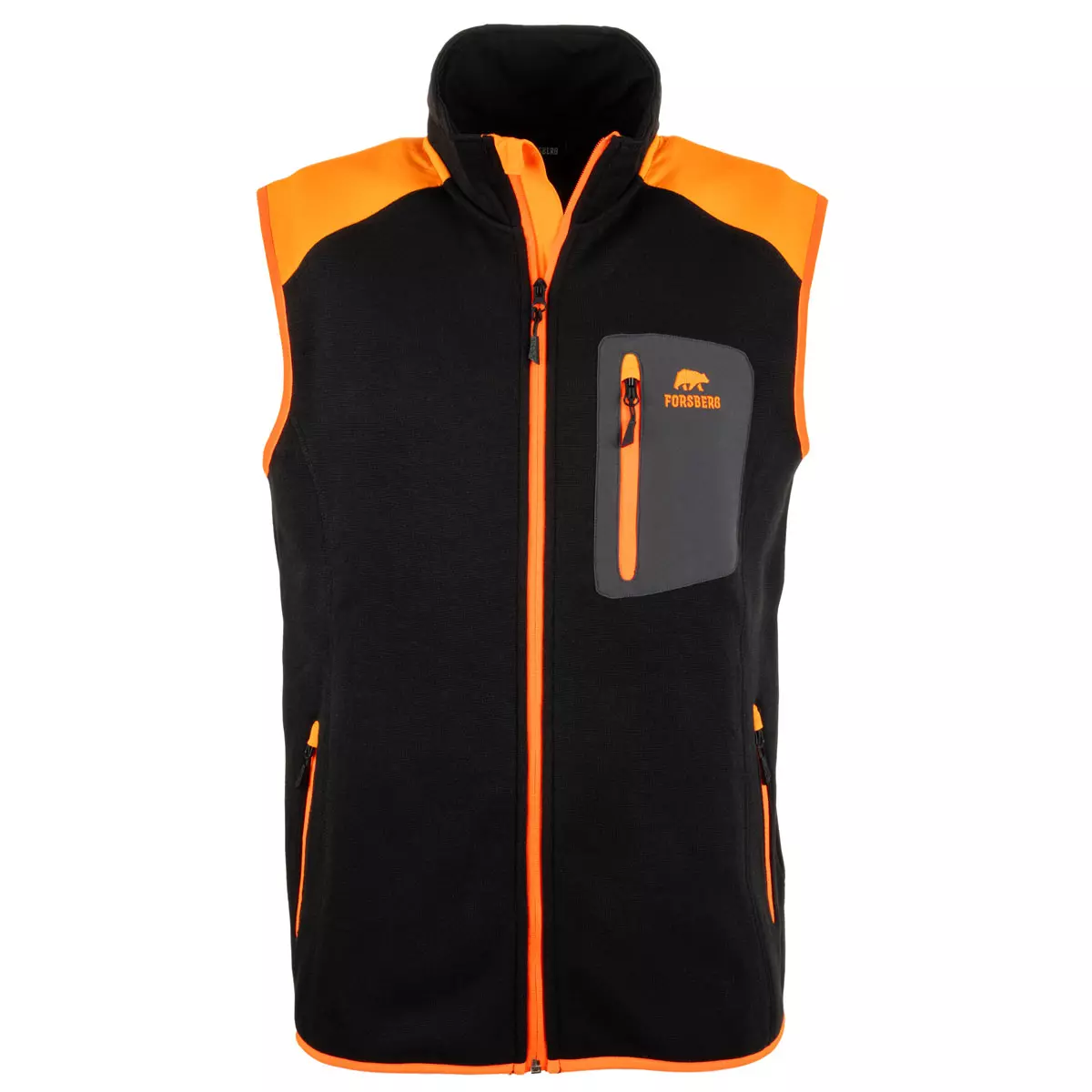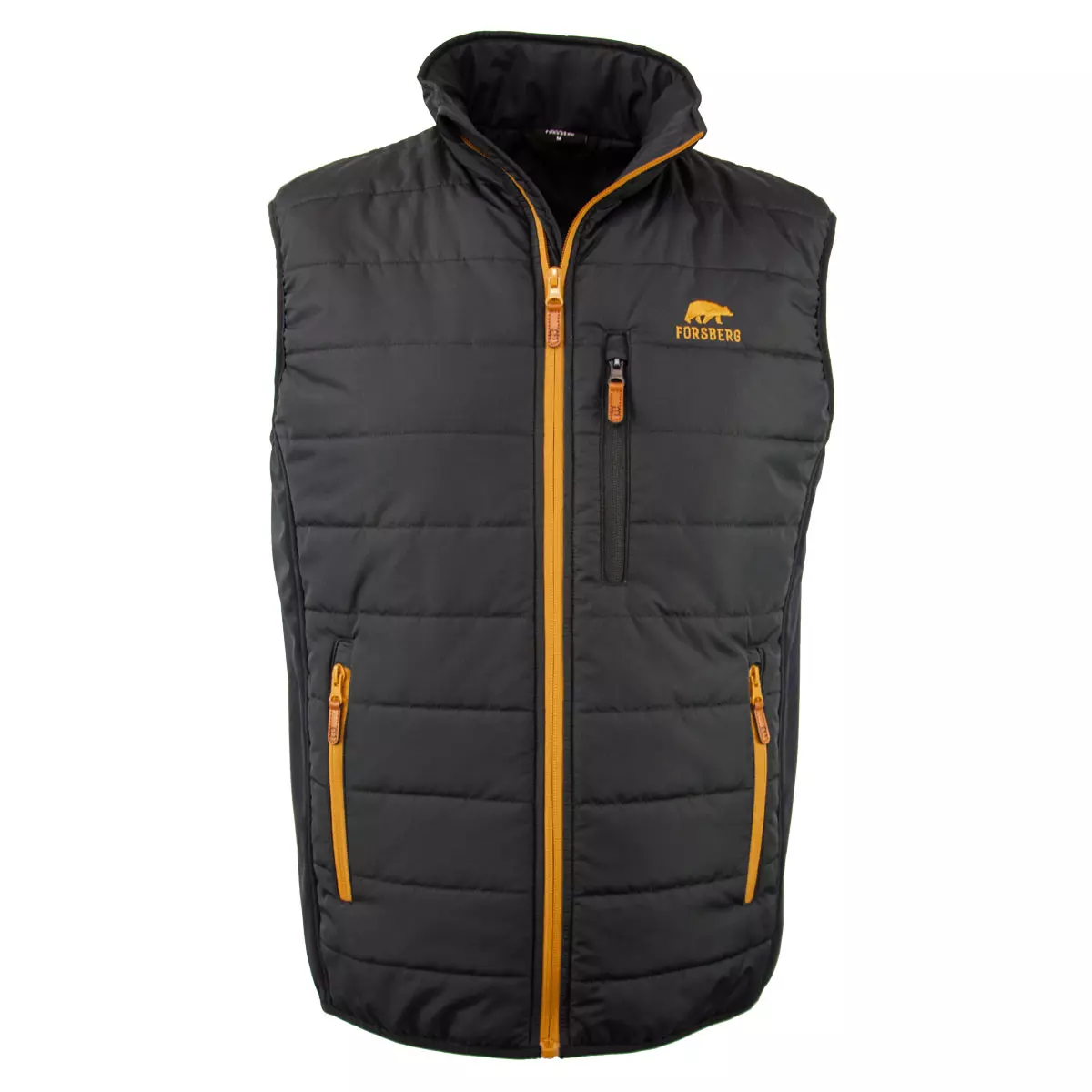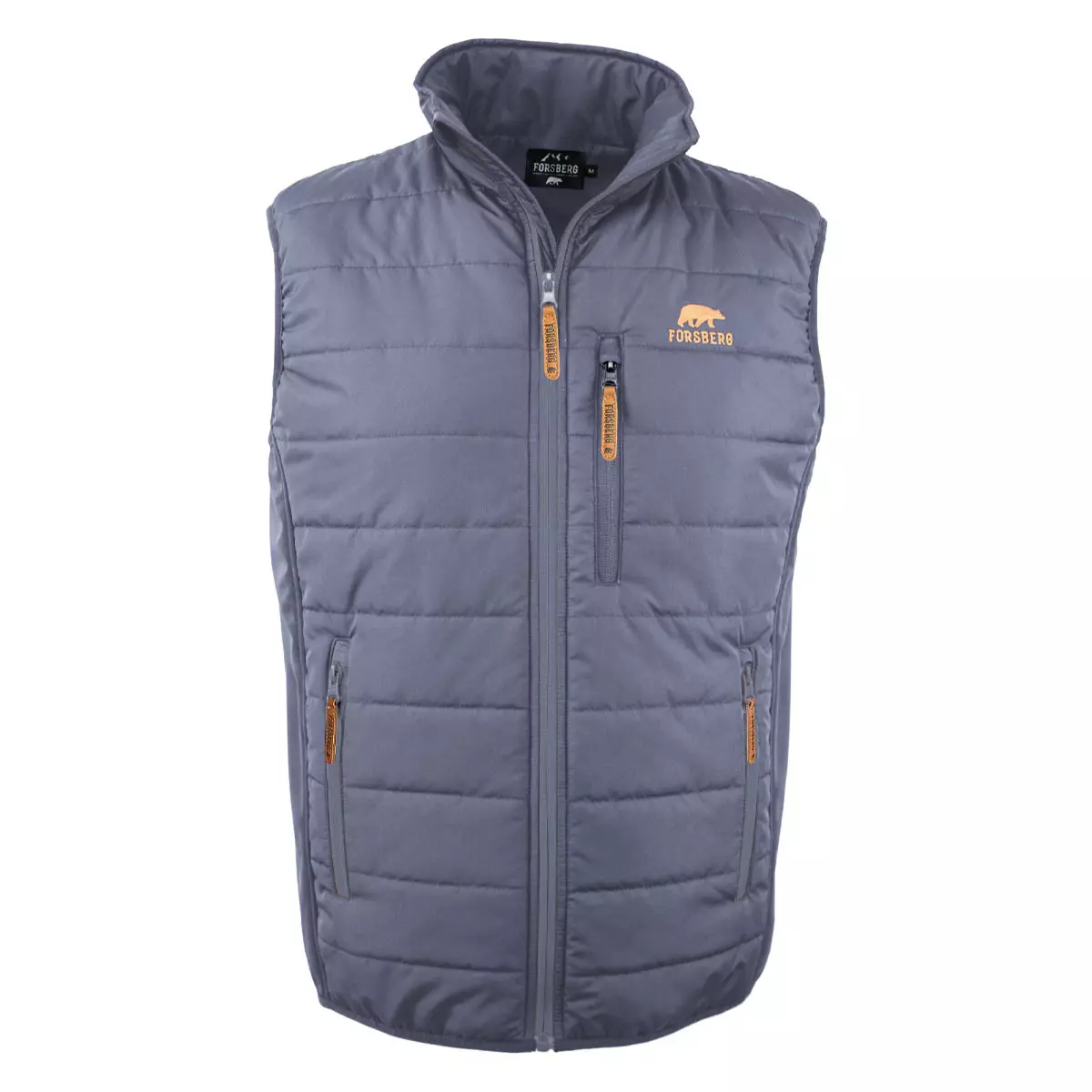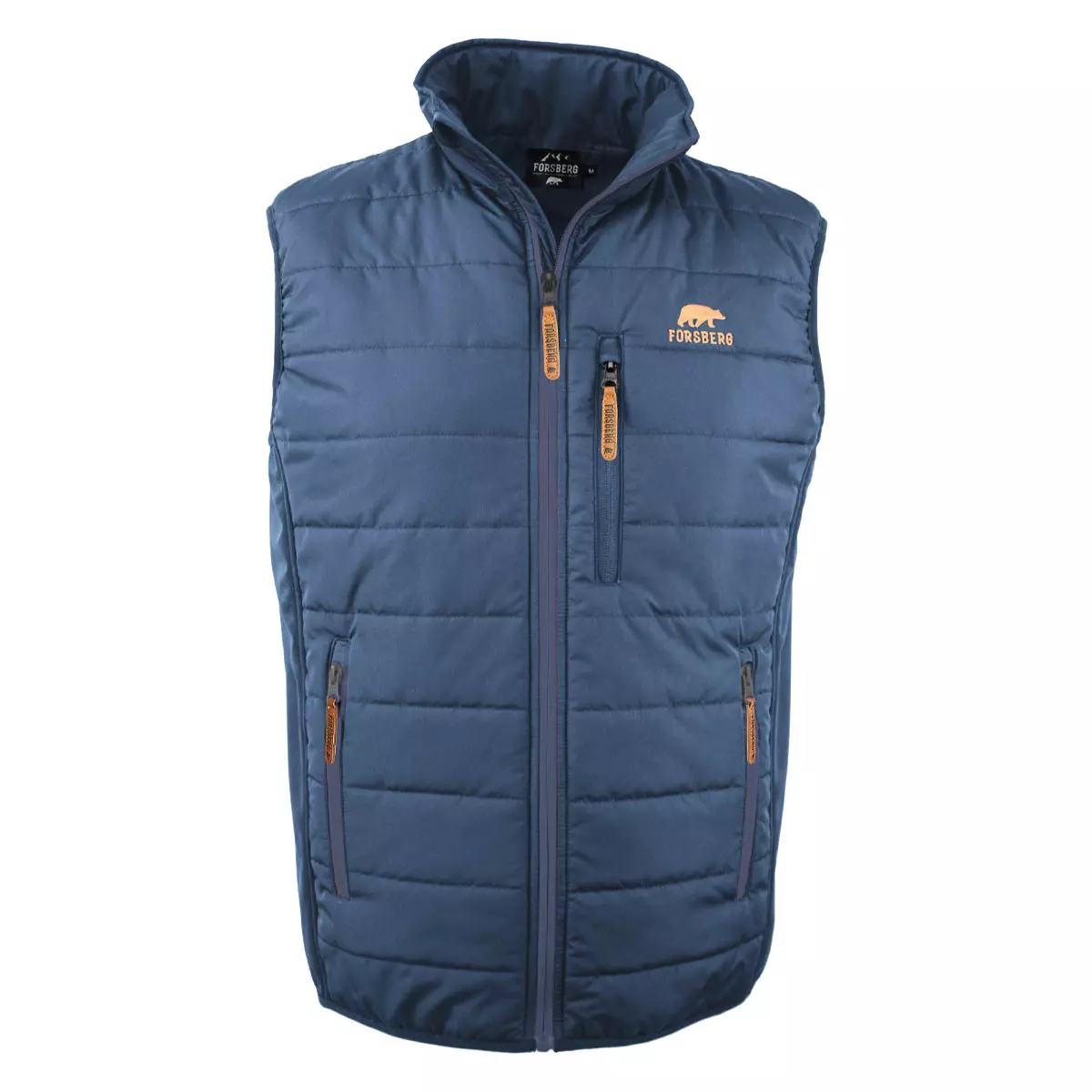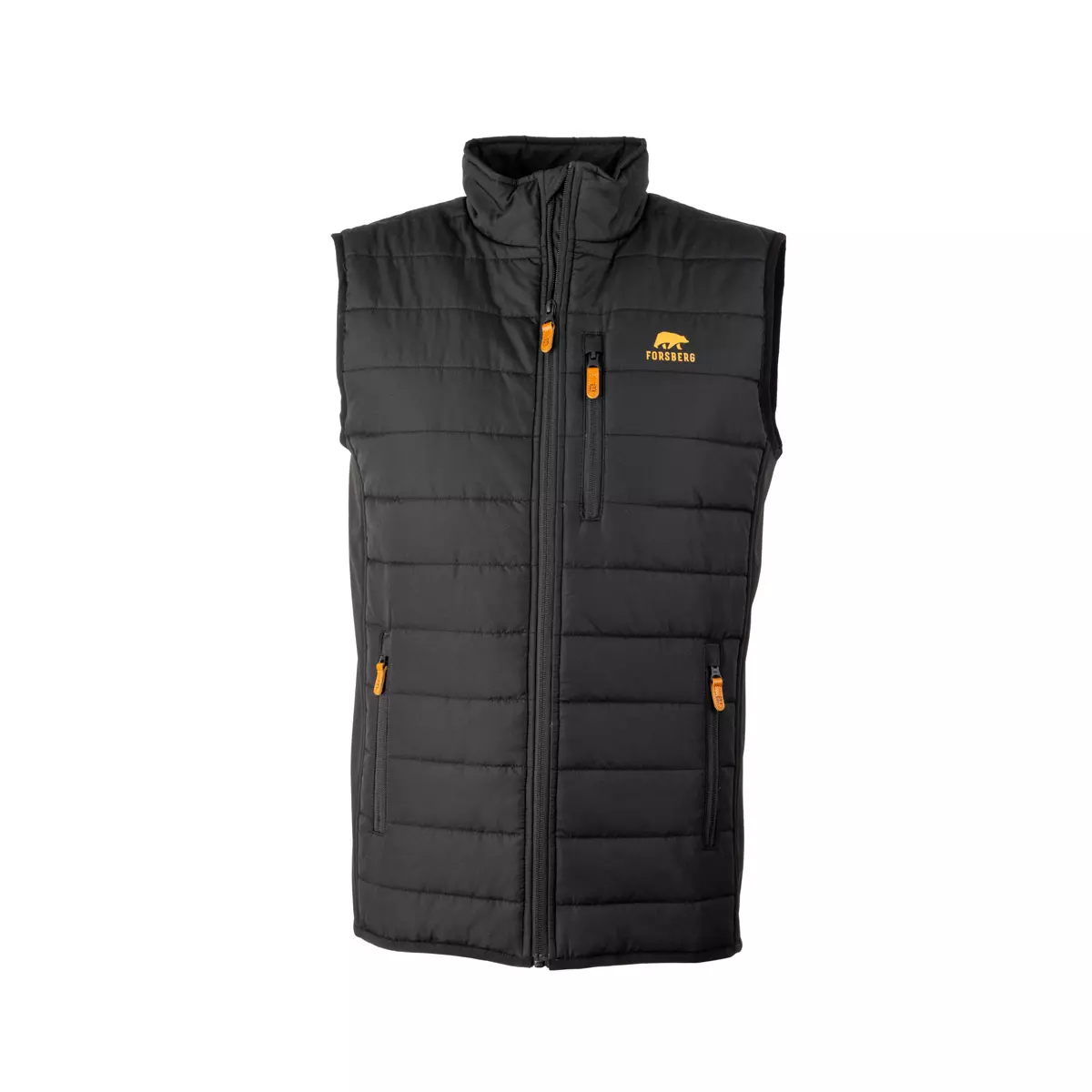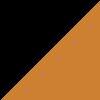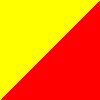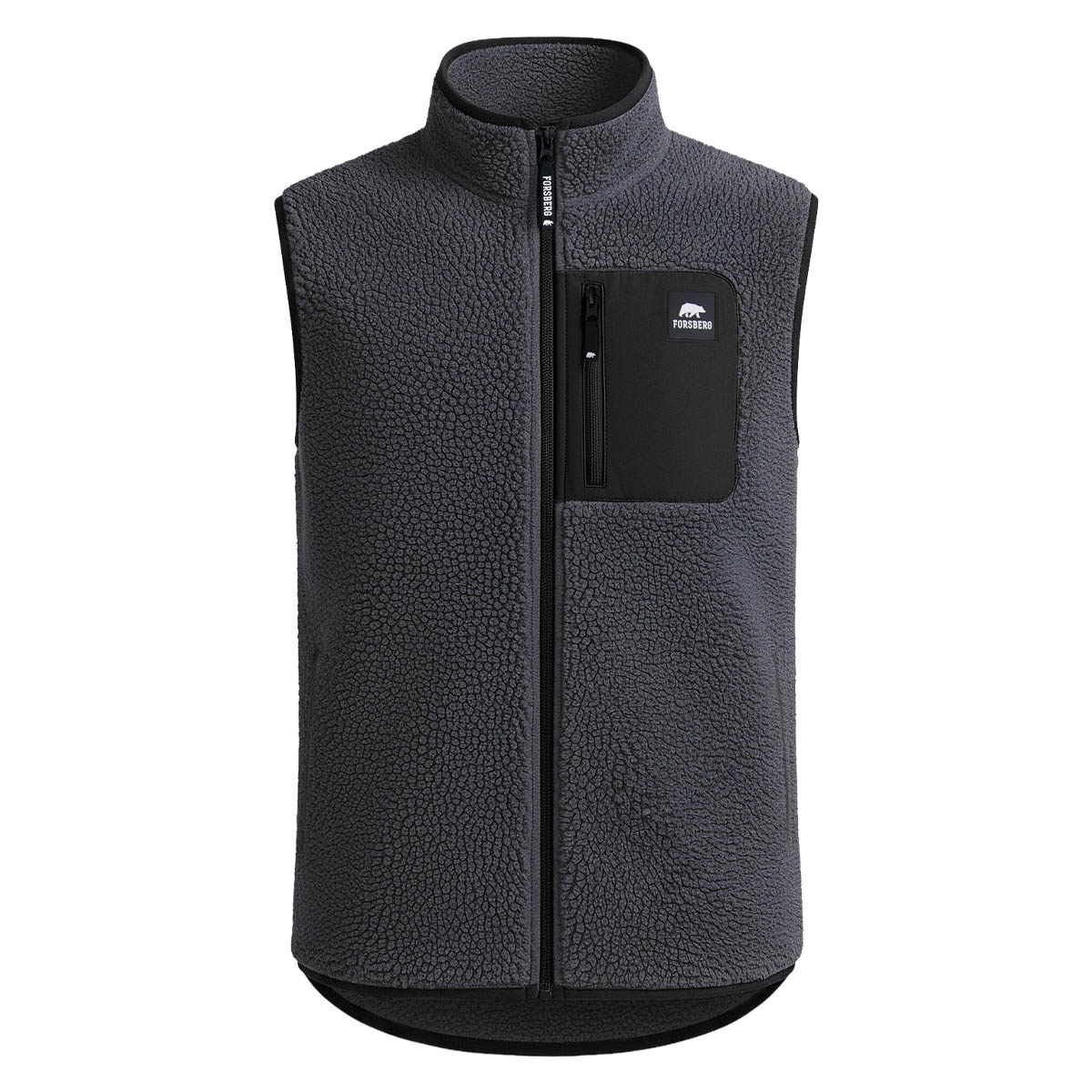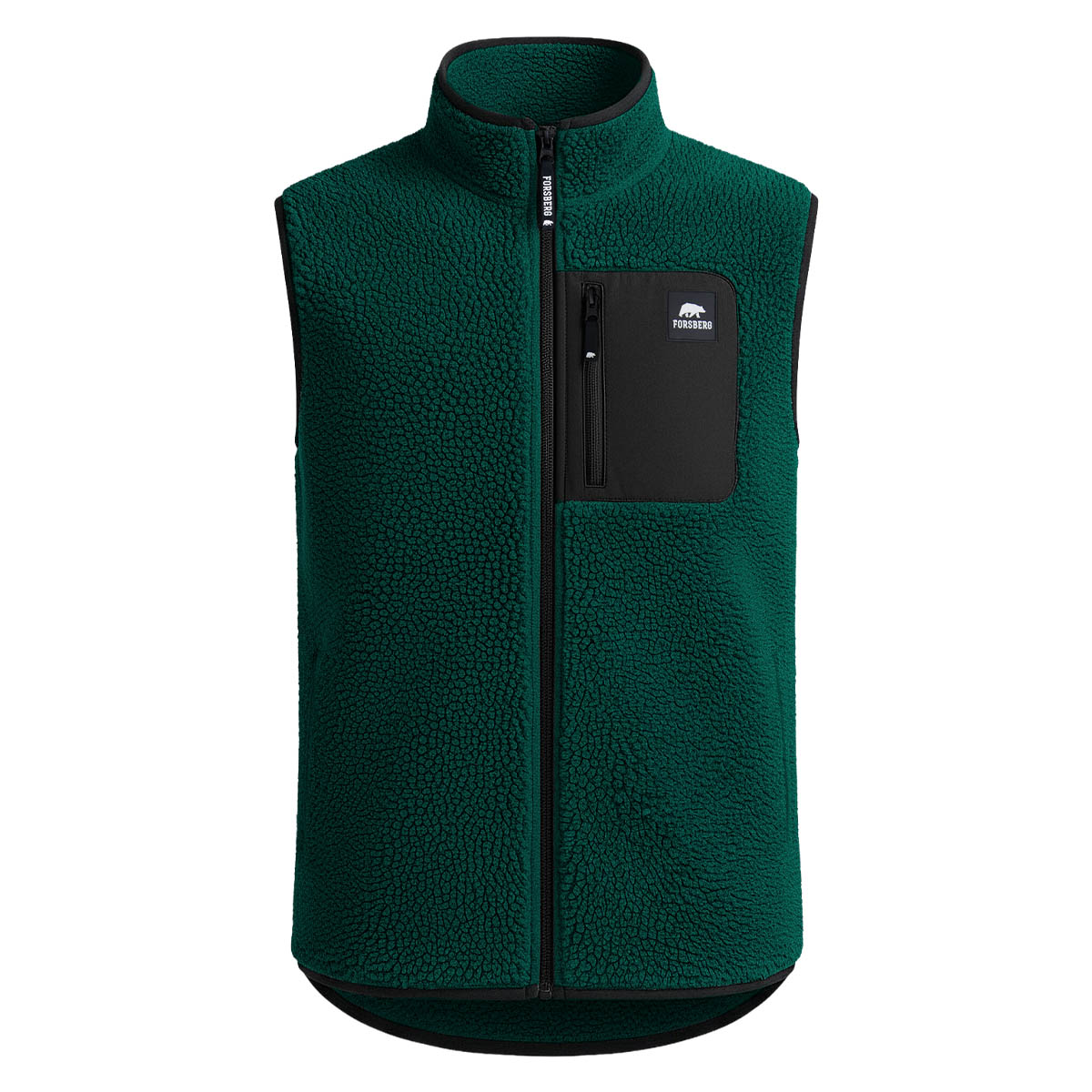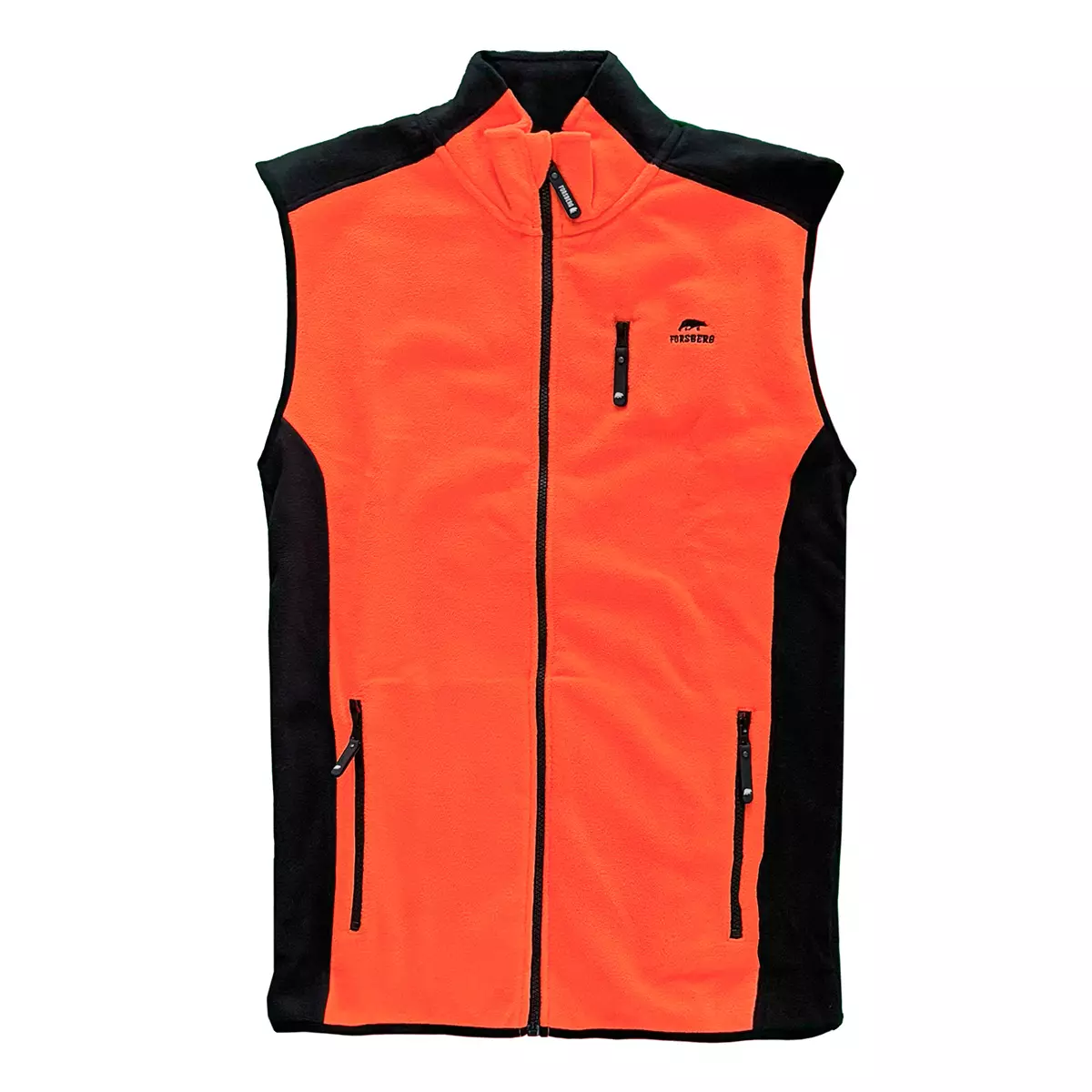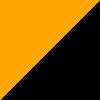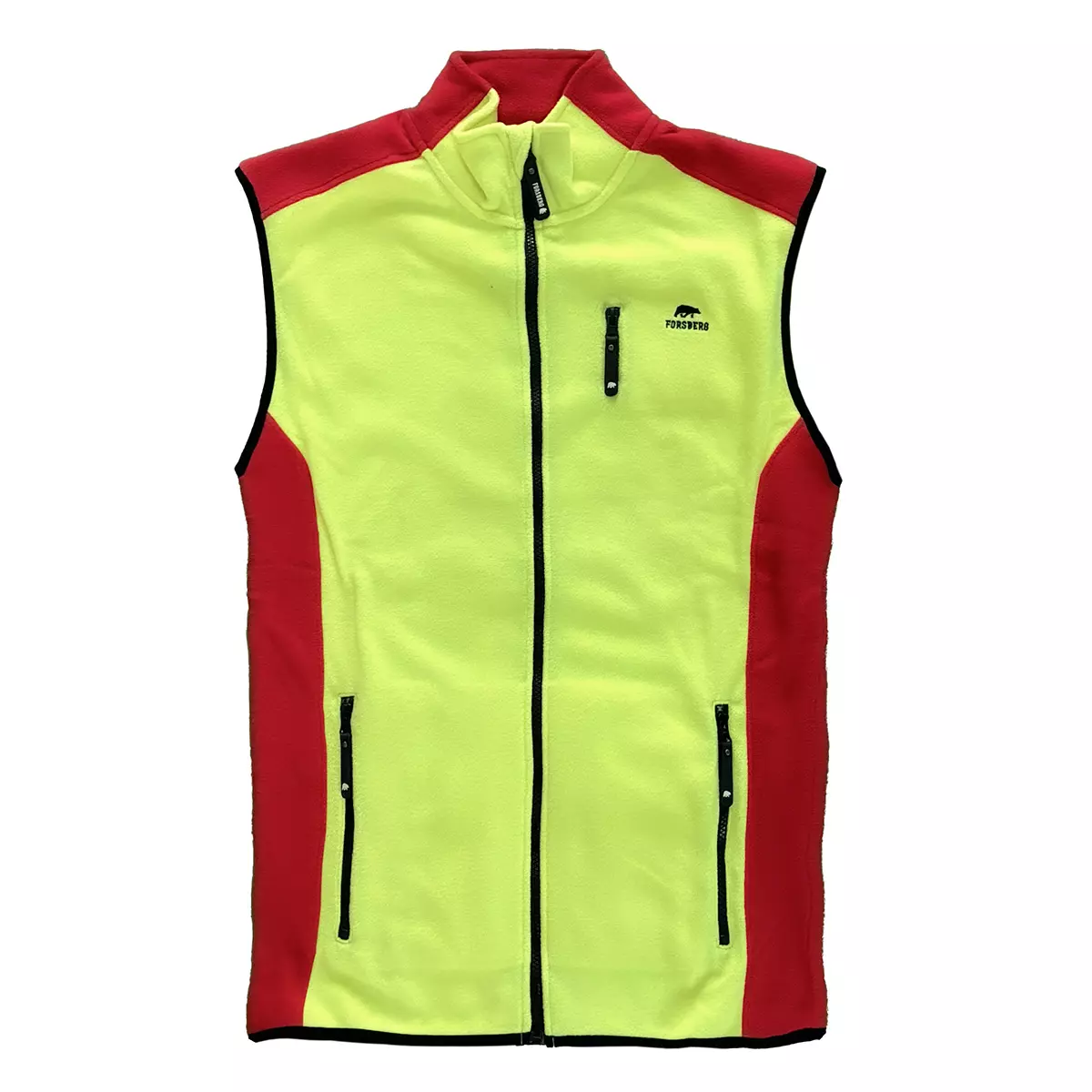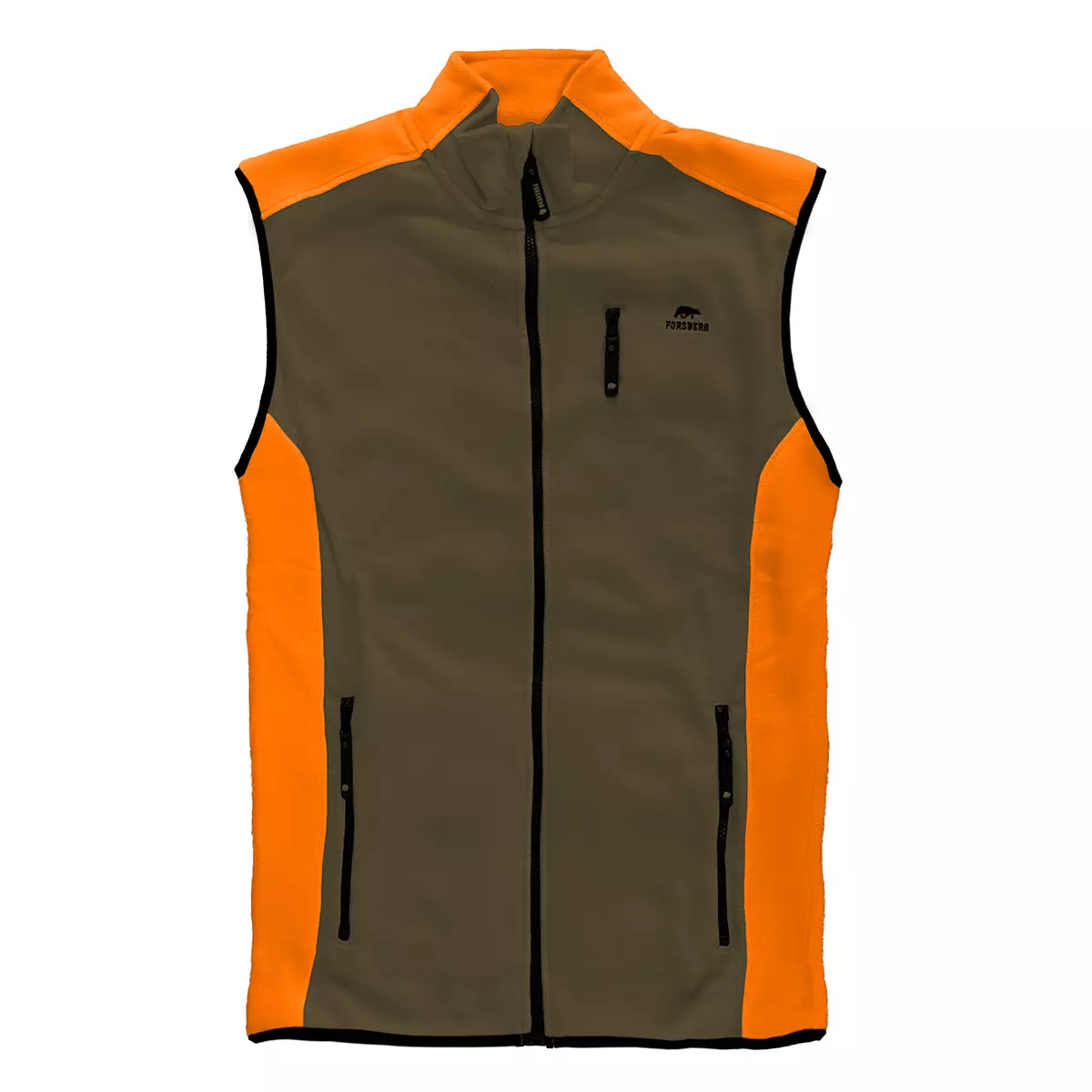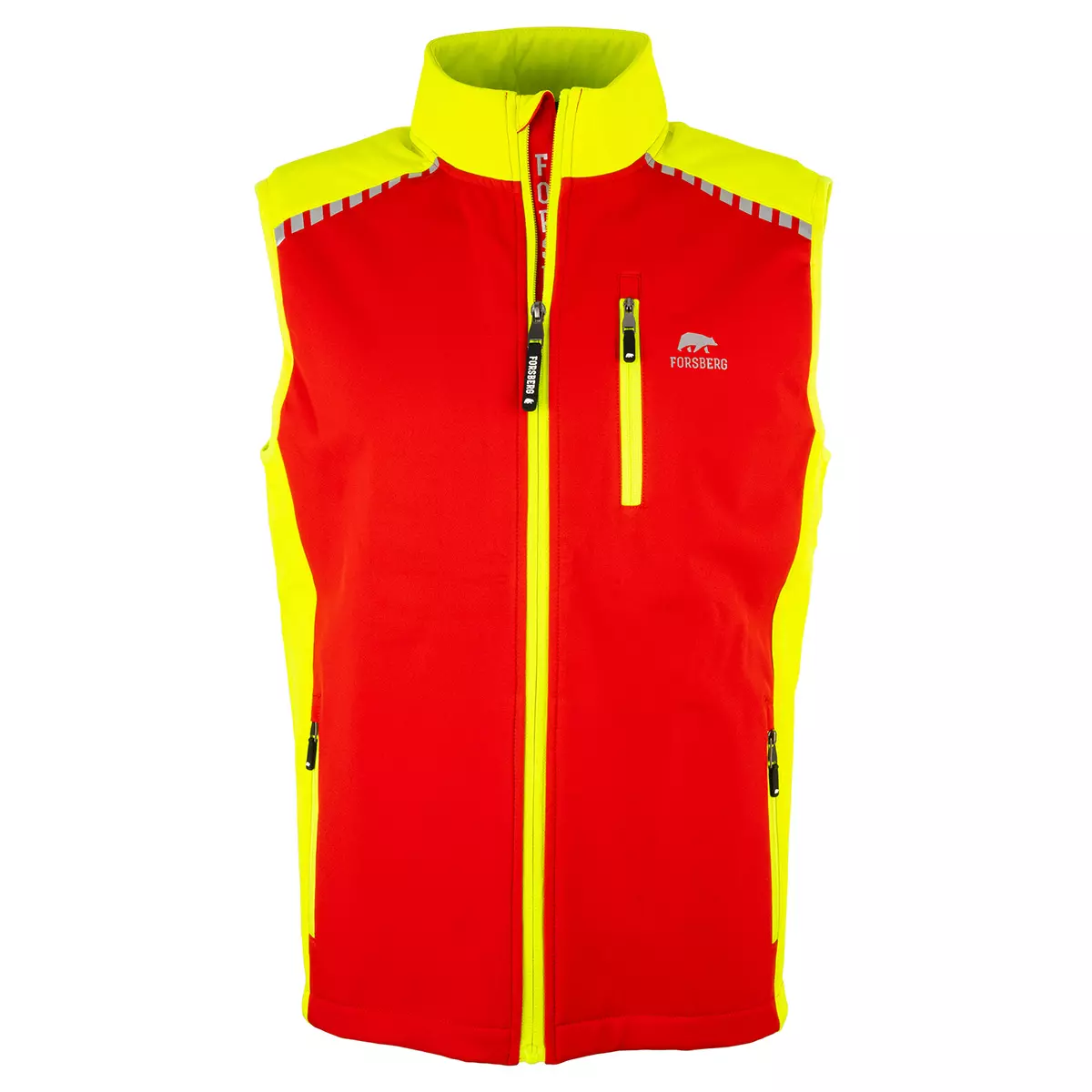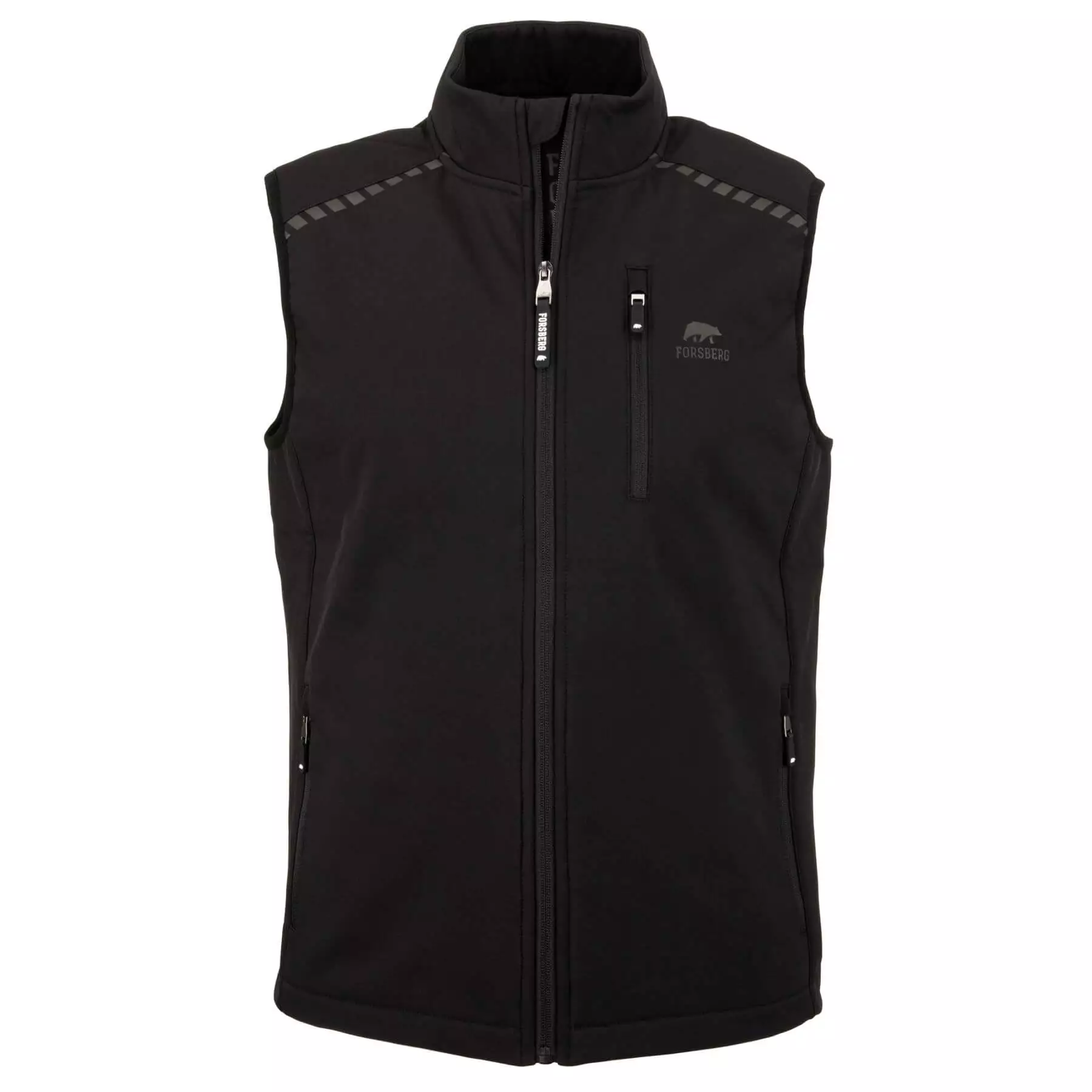Vests – Overview & Buying Guide
Why "Vests"?
Vests are versatile layering pieces that sit between a jacket and a base layer. They add core warmth without restricting arm movement, making them ideal for work, outdoor activities and casual wear. By protecting the torso from wind and chill while keeping mobility high, vests are a practical choice for tradespeople, walkers and anyone who values adaptable clothing.
The range on Forsberg.works (source: Forsberg.works) blends functional features with Scandinavian design. Typical benefits include improved thermal regulation, light weather protection, extra pocket capacity and often lower weight compared with full-sleeve jackets. If you value comfort, durability and clear details such as reinforced seams and adjustable hems, a vest is a sensible, economical addition to your wardrobe.
Which materials and technologies matter for vests?
Vests are built to meet different needs: from warm fleece liners for casual use to hard-wearing work vests with weather-resistant finishes. Here are the most relevant materials and technologies:
- Polyester fleece: soft, insulating and breathable. Common for mid- and inner-layers (e.g. FORSBERG™ Mjukar Teddyfleece Weste). Comfortable and quick to dry.
- Recycled polyester: similar performance to virgin polyester but with a smaller ecological footprint. Widely used by FORSBERG™ in insulated and lightweight models.
- Quilted / padded fillings: lightweight synthetic insulation provides warmth at low weight and retains insulating properties when damp. Found in padded models such as the FORSBERG™ padded women's hooded vest.
- Softshell fabrics: stretch, wind resistance and water repellency (often DWR-treated) make softshell vests well suited to active outdoor use.
- Coatings and finishes: PU coatings and DWR (durable water repellent) treatments protect against light rain. For heavier precipitation, look for explicitly waterproof constructions or wear a vest over a rain jacket.
- Construction: 2-layer vs. 3-layer architectures are typical for shells; for vests, layered constructions (outer shell + insulation) are most common. Sealed seams and robust zips increase durability for work environments.
Examples from the Forsberg assortment (source: Forsberg.works):
- FORSBERG™ Bjarkir Weste — fleece-backed, breathable and cut for freedom of movement (https://www.forsberg.works/de/forsberg-bjarkir-weste.html).
- FORSBERG™ padded women’s hooded vest — a stylish, insulated option for urban and outdoor wear (https://www.forsberg.works/de/forsberg-wattierte-damenweste-mit-kapuze.html).
- FORSBERG™ Mjukar Teddyfleece Weste — soft teddy-fleece interior combined with a modern outer look (https://www.forsberg.works/de/forsberg-mjukar-teddyfleece-weste.html).
How to care for and maintain your vest
Good care extends the life and performance of your vest. Follow this straightforward routine:
- Preparation: Close zippers and Velcro. Remove loose dirt and brush off dried mud. Empty all pockets.
- Washing: Use a mild technical wash or a detergent made for outdoor textiles. Set the machine to a gentle cycle at 30°C or follow the garment’s care label. Avoid fabric softeners — they reduce breathability and can damage DWR coatings.
- Reproofing / Impregnation: If the outer shows reduced water beading, treat it with a spray-on or wash-in DWR reproofing product suitable for the fabric (follow the product instructions). For PU-coated fabrics, use the maintenance products recommended on Forsberg.works care notes.
- Activation: Some DWR treatments require heat activation. Use a tumble dryer on low (if the care label allows) or gently iron through a cloth at the manufacturer-recommended setting. Do not overheat.
- Drying & storage: Dry thoroughly in a well-ventilated space away from direct heat. Store flat or on a hanger to preserve shape. Avoid compressing insulated vests for long periods.
- Repairs: Mend small holes and loose seams promptly with repair tape or by stitching. Replace broken zips with compatible parts. For structural damage, consult a specialist or follow Forsberg repair recommendations.
Practical tips from Forsberg.works product advisors: treat work vests gently when possible (avoid abrasive contact), check seams seasonally, and reproof after several washes to keep water repellency effective.
Use cases: who benefits from which vest?
1) Construction professional — "Morning on site, early wind and dust": A durable work vest in a hard-wearing outer fabric with reinforced pockets keeps tools close at hand while a fleece lining provides warmth. The lack of sleeves prevents snagging when lifting or carrying.
2) Hiker — "Layering on a cool trail": A lightweight padded vest gives core insulation without overheating. Breathable fabrics and a DWR-treated shell help in mixed weather. Packability is a benefit on long trips.
3) Everyday urban user — "Commute and coffee break": A quilted, hooded vest looks smart over a sweater, offers warmth for brisk walks and keeps your bag light. Practical pockets for phone and keys add daily convenience.
Each scenario highlights the vest’s main strengths: targeted warmth, improved mobility and thoughtful pocketing — qualities you find across the FORSBERG™ range (source: Forsberg.works).
Top brands & models compared
Below is a compact comparison of notable items from the Forsberg selection and comparable market offerings. Data sources are listed per row.
| Brand | Model | Technology / Material | Performance (water / breathability) | Price range (€) | Source / Experience |
|---|---|---|---|---|---|
| FORSBERG™ | Bjarkir Weste | Polyester fleece / breathable lining | Not fully waterproof; water-repellent finish; high breathability | 60 - 90 | Forsberg product page; Forsberg practical tests |
| FORSBERG™ | Padded Women’s Hooded Vest | Recycled polyester shell + synthetic insulation | Light precipitation resistance (DWR); good thermal value | 70 - 120 | Forsberg product page; manufacturer info |
| FORSBERG™ | Mjukar Teddyfleece Weste | Teddy fleece interior / soft woven shell | Low water protection; excellent comfort and insulation | 50 - 85 | Forsberg product page; user feedback |
| FORSBERG™ | Work Vest (utility) | Hardwearing polyester blend, reinforced pockets | Durable finish; splash resistant; built for abrasion | 65 - 110 | Forsberg catalog; workshop tests |
| FORSBERG™ | Softshell Vest | Elastic softshell membrane, stretch panels | Windproof, water-repellent; very breathable | 80 - 140 | Manufacturer specs; comparative reviews |
Note on comparison: Forsberg.works offers a balanced selection tuned to work and outdoor needs. While specialist outdoor brands may offer high-tech shell vests, FORSBERG™ models often deliver robust utility at attractive price points — strong value for professionals and leisure users alike (source: Forsberg.works, Forsberg product tests).
Frequently Asked Questions (FAQ)
Q: Are vests waterproof?
A: Most vests are water-repellent (DWR) rather than fully waterproof. For heavy rain, choose a dedicated waterproof jacket or a vest explicitly described as waterproof.
Q: How do I choose the right size for layering?
A: Choose a vest that fits snugly around the chest when worn over a base or mid-layer. Allow room for movement and light insulation, but avoid excessive looseness that reduces thermal efficiency.
Q: Can I wash a padded vest in the machine?
A: Yes — follow the garment label. Use a gentle cycle, technical detergent and avoid fabric softener. Reproof with DWR if the outer finish shows reduced water beading.
Q: How long does synthetic insulation last?
A: With proper care, synthetic insulation maintains performance for several seasons. Avoid long-term compression and repair damage promptly to preserve loft and warmth.
Q: Which vest is best for physical work?
A: Choose a work vest with reinforced seams, durable outer fabric, practical pockets and abrasion-resistant panels. High-visibility options are available where required.
Q: How often should I reapply DWR treatment?
A: After several washes or when water no longer beads on the surface — typically every few months under regular use. Use the spray-on or wash-in product suitable for the fabric.
Q: Can I use a vest year-round?
A: Yes — layer appropriately. Lightweight vests are excellent in spring and autumn or as insulating mid-layers in winter; padded vests are best in cold, dry conditions.
Images
[Image: Typical FORSBERG™ vest in use — male worker wearing a fleece-lined work vest on a construction site; Source: Forsberg.works]
[Image: Detail: zipper, reinforced pocket and fabric texture of a FORSBERG™ vest; Source: Forsberg.works]
[Image: Application scenario: hiker wearing a padded vest on a trail at dawn; Source: Forsberg.works]
For further reading, visit our Care Guide for Outdoor Clothing (internal resource) and our article on Choosing the Right Workwear for the Job (internal resource). Browse our selection of vests now and find the perfect product for your needs.

